
Find Help
More Items From Ergsy search
-

Are new emerging pathogens a risk for blood safety?
Relevance: 100%
-

Is malaria still a concern for blood transfusion safety?
Relevance: 39%
-
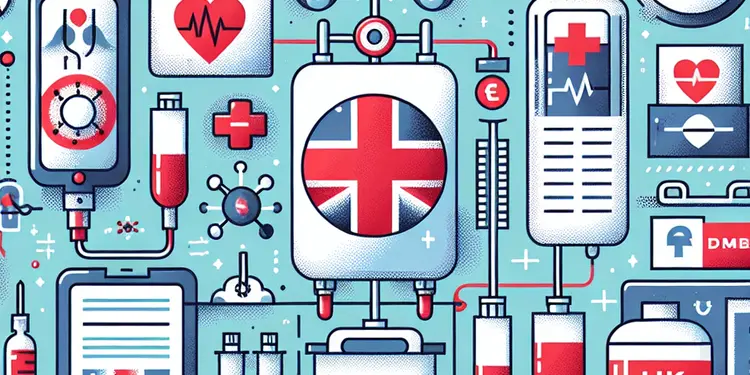
What measures are taken to prevent disease transmission in blood transfusions?
Relevance: 38%
-

How is blood screened to prevent disease transmission?
Relevance: 36%
-

What diseases can be spread by blood transfusions?
Relevance: 34%
-
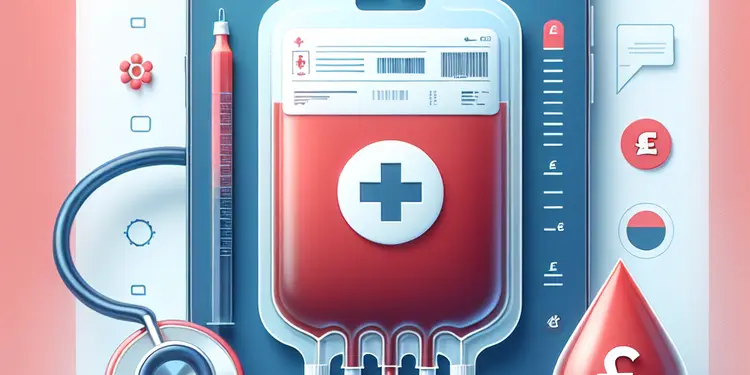
Can bacterial infections be transmitted through blood transfusion?
Relevance: 30%
-

How do live-in caregivers handle emergencies?
Relevance: 30%
-

Are there any parasites that can be transmitted through blood transfusions?
Relevance: 29%
-
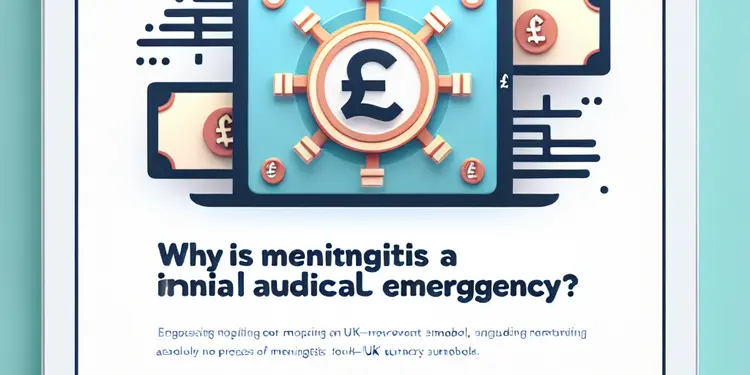
Why is meningitis a medical emergency?
Relevance: 28%
-

What are some safety programs specifically for seniors?
Relevance: 28%
-

Blood Product Transfusions
Relevance: 27%
-

What other viruses are tested for in blood donations?
Relevance: 27%
-

Can people of any blood type receive a transfusion of any blood type?
Relevance: 26%
-

How can community helpers access emergency assistance?
Relevance: 26%
-

Is Chagas disease a concern with blood transfusions?
Relevance: 26%
-
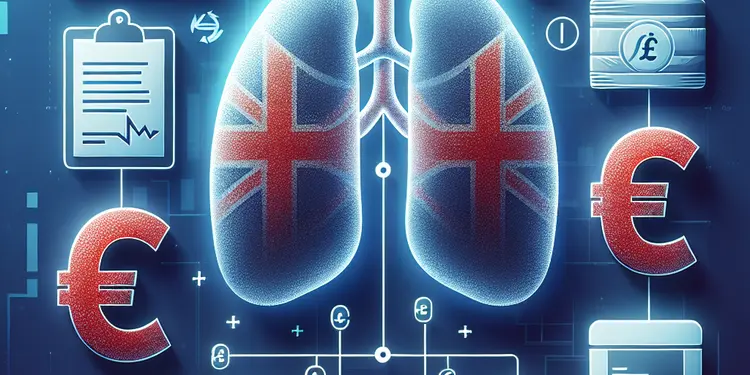
Is Hepatitis B a risk in blood transfusions?
Relevance: 26%
-

Blood Transfusion
Relevance: 26%
-

Health and safety responsibilities
Relevance: 25%
-
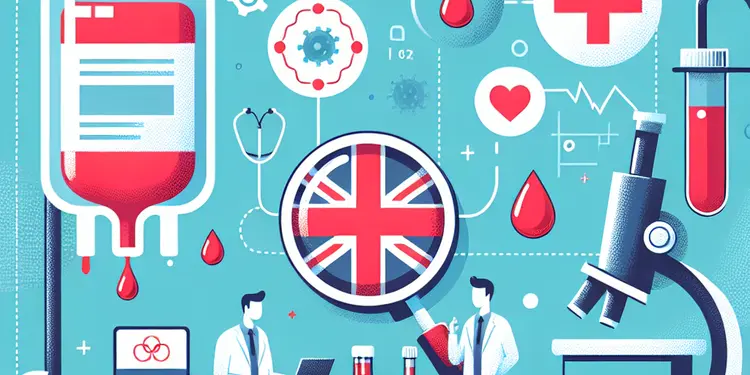
Can you get any prion diseases from blood transfusion?
Relevance: 25%
-

Can COVID-19 be transmitted through blood transfusions?
Relevance: 25%
-

Can I get an emergency NHS dental appointment?
Relevance: 25%
-
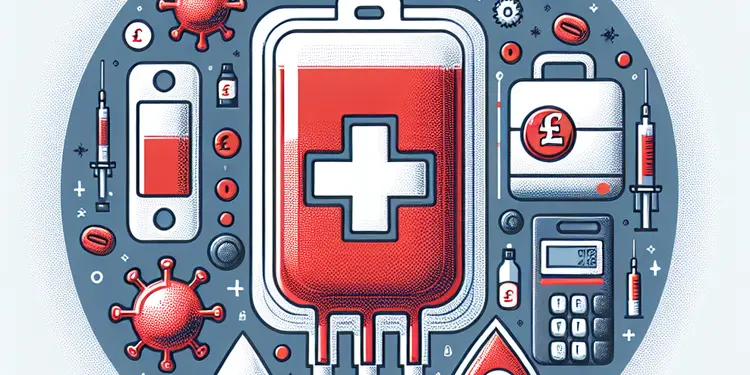
Is HTLV a risk in blood transfusions?
Relevance: 25%
-
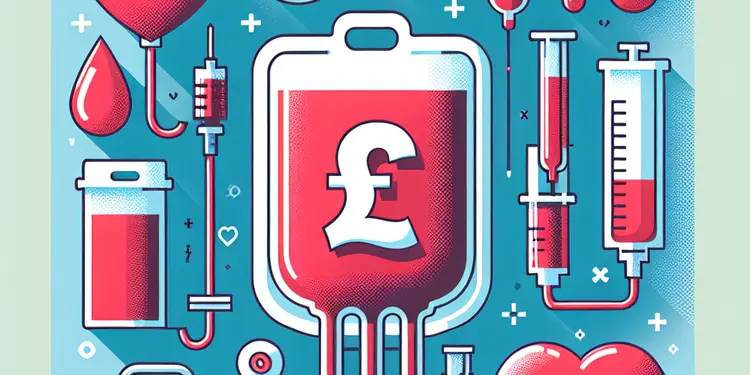
Can HIV be transmitted through blood transfusions?
Relevance: 24%
-
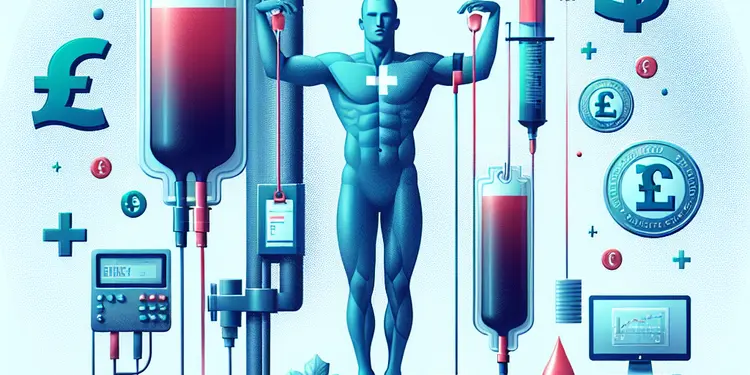
Can someone have a reaction to a mismatched blood transfusion?
Relevance: 24%
-
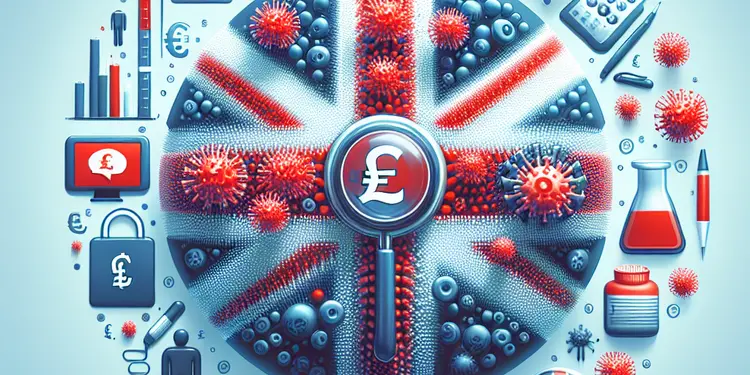
Is Zika virus screened for in blood transfusions?
Relevance: 24%
-
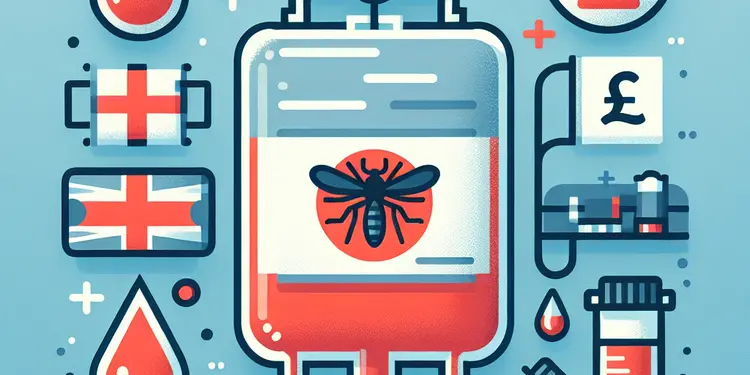
Can Dengue fever be transmitted through blood transfusions?
Relevance: 23%
-
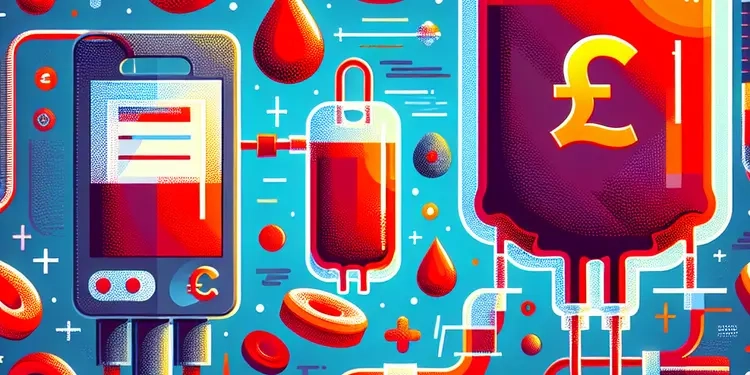
What is a blood transfusion?
Relevance: 23%
-

How long does a blood transfusion take?
Relevance: 23%
-

What types of blood products can be transfused?
Relevance: 23%
-

What are my rights regarding workplace safety as a gig worker?
Relevance: 23%
-

Fire Safety At Home
Relevance: 23%
-
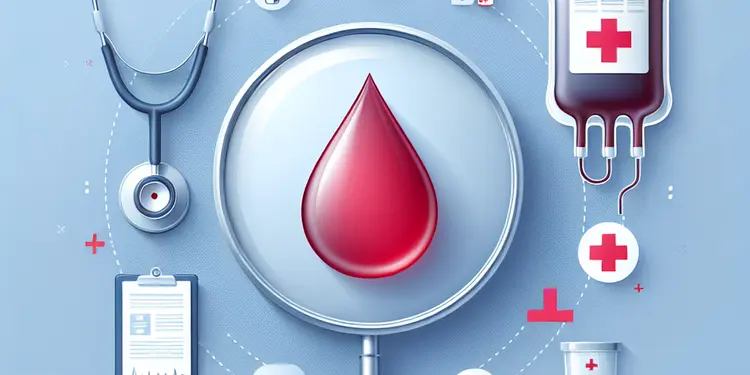
How do doctors determine how much blood is needed for a transfusion?
Relevance: 23%
-
How often do new COVID-19 variants emerge?
Relevance: 23%
-

Are there risks associated with blood transfusions?
Relevance: 22%
-

Is there an age limit for receiving blood transfusions?
Relevance: 22%
-
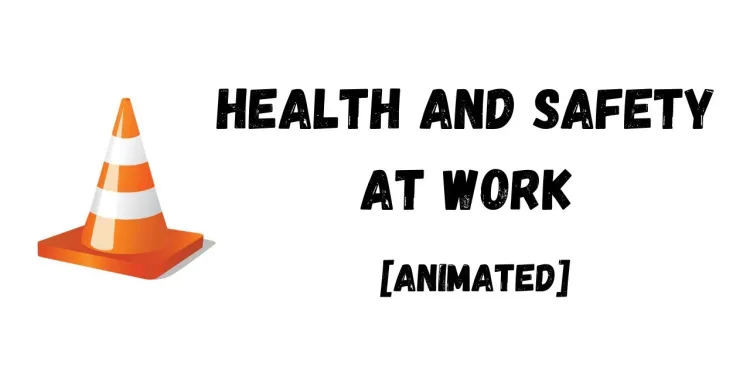
THE LAW IN 60 SECONDS | HEALTH AND SAFETY AT WORK
Relevance: 22%
-
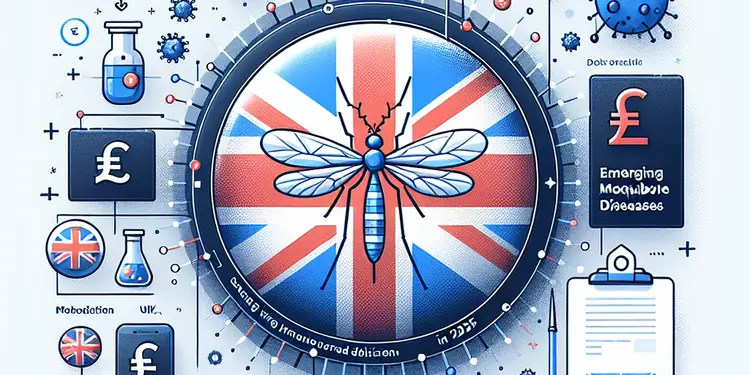
Are there any new mosquito-borne diseases emerging in the UK in 2025?
Relevance: 22%
-
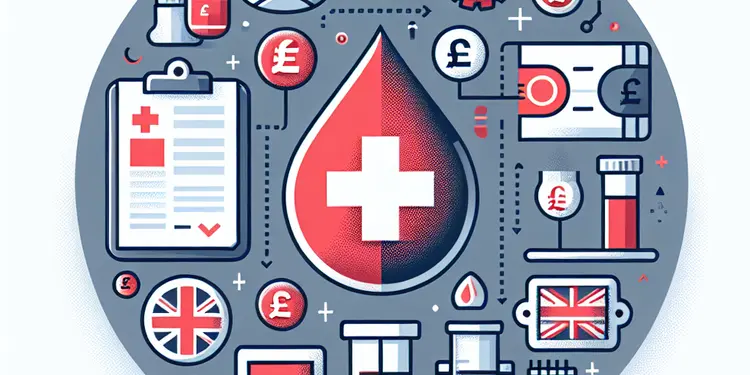
Why is blood donation history important in preventing disease transmission?
Relevance: 21%
-
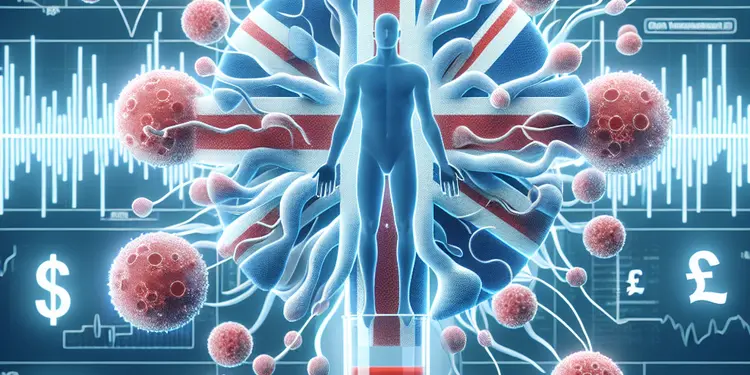
Can syphilis be transmitted via blood transfusion?
Relevance: 21%
-
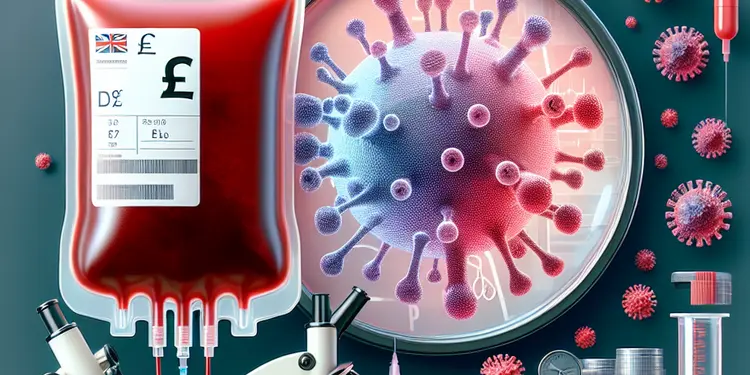
What is the most common disease transmitted by blood transfusion?
Relevance: 21%
Introduction
Blood safety is a crucial element of public health, ensuring that blood and blood products used for transfusions are free from infectious agents. In recent years, the emergence of new pathogens presents a significant risk to maintaining this safety. For the UK, as well as globally, understanding and addressing the threats posed by these new pathogens is essential to protect public health.
Emerging Pathogens
Emerging pathogens are microorganisms such as viruses, bacteria, and parasites that have newly appeared in a population or have existed but are rapidly increasing in incidence or geographic range. Factors contributing to the emergence of these pathogens include changes in the environment, human behavior, and public health systems. Examples of recently emerged pathogens include the Zika virus, Ebola virus, and novel coronaviruses like SARS-CoV-2. These pathogens are of particular concern for blood safety as they can be transmitted through transfusions.
Risks to Blood Safety
The presence of emerging pathogens poses a significant challenge to blood safety. These pathogens may not be initially well understood, and for some, there may be no adequate screening tests available at the outset of an outbreak. This increases the risk of transmission through blood transfusion. The UK maintains rigorous standards for blood screening and testing, but the rapid spread and evolution of emerging pathogens can outpace current safety measures, thereby posing a risk to blood recipients.
Current Measures and Challenges
The UK Blood Transfusion Services have protocols in place for screening the most common blood-borne pathogens; however, new and emerging diseases require constant vigilance. Regular updates to testing methods and blood handling procedures are necessary to mitigate these risks. The challenge is compounded by limited information on some pathogens, requiring significant research and development to establish effective screening procedures.
Future Considerations
To address the risks posed by emerging pathogens to blood safety, continued investment in research is critical. This includes developing rapid diagnostic tests and enhancing surveillance systems to detect and respond to outbreaks promptly. Collaboration with international health organizations can also aid in the exchange of information and strategies to deal with such threats. Additionally, public awareness campaigns can help manage donor populations and ensure that individuals who may have been exposed to new pathogens defer from donating blood during at-risk periods.
Conclusion
Emerging pathogens undeniably pose a risk to blood safety, but with rigorous testing, research, and public health measures, these risks can be managed. For UK blood services, maintaining vigilance and adaptability in the face of new pathogens is essential to safeguarding the health of those receiving blood transfusions. Continued efforts in research, education, and policy development will be pivotal in ensuring that blood safety remains uncompromised in the future.
Introduction
Blood safety means making sure the blood used in hospitals is clean and safe. This is important for public health. Blood should not have any germs that can make people sick. New germs have appeared that make it harder to keep blood safe. In the UK and around the world, we need to understand these new germs to keep people healthy.
Emerging Pathogens
Emerging pathogens are tiny germs like viruses and bacteria. They are new or spreading fast. Things like changes in the environment and how people behave can help these germs spread. Some examples are Zika virus, Ebola virus, and new coronaviruses like COVID-19. These germs can spread through blood transfusions, which is why they are a worry for blood safety.
Risks to Blood Safety
New germs make it hard to keep blood safe. Sometimes, we don't know much about these germs at first. This means we might not have tests to find them in blood right away. The UK works hard to keep blood safe, but new germs can make it tricky. They can spread fast and change quickly, which can be a risk for people getting blood transfusions.
Current Measures and Challenges
The UK Blood Transfusion Services have rules for checking blood for known germs. But new germs need extra care. We must update our tests and follow new procedures to stay safe. Learning about new germs takes time and research, which makes it challenging to create good tests for them.
Future Considerations
To keep blood safe from new germs, we need to keep researching. We should make quick tests to spot problems and have good systems to watch for outbreaks. It's also helpful to work with health groups around the world to share ideas. Telling the public about blood safety is important too. We need to remind people who might be sick not to donate blood.
Conclusion
New germs can make blood less safe, but by testing and learning more, we can handle these risks. The UK Blood Services must stay alert and be ready for new germs to keep people safe. Research, education, and good rules will help us keep blood strong and healthy for everyone.
Frequently Asked Questions
What are emerging pathogens?
Emerging pathogens are newly identified infectious agents or existing microorganisms that evolve to cause new infections in humans.
How can emerging pathogens affect blood safety?
Emerging pathogens can compromise blood safety if they can be transmitted through blood transfusion and contaminating blood supplies.
What measures are in place to safeguard blood against emerging pathogens?
Blood banks implement stringent donor screening, pathogen inactivation technologies, and continuous surveillance to safeguard blood safety.
Are there specific emerging pathogens that are of particular concern for blood safety?
Yes, pathogens such as Zika virus, Hepatitis E, and others have raised concerns due to their potential transmissibility through blood.
Can blood donation screenings detect all emerging pathogens?
Screenings are designed to detect known pathogens, but not all emerging pathogens may be immediately detectable until tests are developed.
How does climate change impact the risk of emerging pathogens?
Climate change can alter ecosystems, influencing the emergence and spread of pathogens that may eventually risk blood safety.
Is there a global system for monitoring emerging pathogens?
Yes, organizations like the WHO and CDC monitor and publish information on emerging health threats including pathogens.
Why is pathogen inactivation important for blood safety?
Pathogen inactivation can reduce the risk of transmitting infections through blood transfusions by targeting and neutralizing pathogens.
How do health authorities respond to new pathogen threats in blood supplies?
Authorities may implement temporary deferral policies, introduce new screening tests, and increase research into detection and mitigation.
How quickly can new pathogens be detected in the blood supply?
Detection speed depends on the pathogen; rapid response and development of testing methods are crucial to manage risks efficiently.
Can donated blood be tested for all viruses and bacteria?
Not all viruses and bacteria are tested in every donated blood sample; priority is given to known transfusion-transmissible infections.
How are blood donors screened for potential pathogens?
Donors undergo health history interviews and testing for specific infectious agents to minimize transfusion-transmissible infections.
What role does technology play in addressing blood safety issues?
Advanced testing, pathogen inactivation, and data analysis enhance the ability to detect and mitigate risks to blood safety.
Can viral mutations lead to new pathogens that threaten blood safety?
Yes, viral mutations may create new pathogenic strains potentially transmissible via blood, posing a risk to safety.
How often is blood safety policy updated to address emerging threats?
Policies are updated regularly as new threats emerge, informed by research and surveillance findings.
Are there international guidelines for blood safety in relation to emerging pathogens?
Organizations such as the WHO provide international guidelines to maintain blood safety amidst emerging health threats.
How does public health research contribute to blood safety?
Public health research helps identify new pathogens, understand transmission methods, and develop safer practices for blood transfusion.
What is the role of donor travel history in assessing risk for emerging pathogens?
Travel history is crucial in assessing exposure to certain emerging pathogens prevalent in specific regions.
What steps can be taken to educate the public on emerging pathogens and blood safety?
Public education campaigns, informed by scientific research, can raise awareness about the importance of blood safety and emerging threats.
How important is international collaboration in ensuring blood safety regarding emerging pathogens?
International collaboration is vital for sharing research, guidelines, and rapid response strategies to manage emerging threats to blood safety.
What are new germs?
"New germs" are germs that can make people sick. They are called "new" because we didn't know much about them before, or they just started making people sick.
These germs can be viruses or bacteria. They can spread easily and make more people sick as time goes on.
To stay safe, it's important to wash your hands often and listen to doctors and health experts.
New germs that can make people sick are called emerging pathogens. Sometimes, old germs change and start new infections in people.
How can new germs change blood safety?
New germs can make blood unsafe if they spread through blood transfusions and mix with healthy blood.
How do we keep blood safe from new germs?
Blood banks work hard to keep blood safe. They do this by checking donors carefully, using special treatments to kill germs, and watching the blood all the time.
Are there new germs that could make blood unsafe?
Yes, some germs like the Zika virus and Hepatitis E can be passed through blood. This is why people are worried about them.
Can blood donation checks find all new germs?
When you give blood, it is checked for germs. But sometimes new germs appear.
Doctors try hard to find these new germs, but they cannot find all of them right away.
Using pictures or videos can help explain this better.
Screenings are tests that look for germs that make people sick. But sometimes there are new germs we don't know yet, and these tests might not find them until we make new tests.
How does climate change affect new germs and diseases?
Climate change can make it easier for new germs and diseases to spread. Warmer temperatures and changing weather can help germs move to new places.
Here are some ways climate change can cause problems:
- Hotter weather can make it easier for mosquitoes to spread diseases like malaria.
- Floods and storms can spread germs through dirty water.
- Animals might move to new places because of changing weather, bringing new germs with them.
Helping tools:
- Use simple pictures to show how germs spread.
- Watch short videos about climate change and health.
- Read with a friend or family member for support.
Climate change is making weather and nature different. This can affect plants and animals, and also tiny germs called pathogens. These germs can make people sick and might be a problem for blood safety.
Is there a worldwide way to watch new germs?
Yes, groups like the WHO and CDC watch for new health problems and write about them. This includes germs that can make people sick.
Why is it important to make blood safe from germs?
When people give blood, we need to make sure it is clean and safe. This means getting rid of any tiny germs that can make people sick. These germs are called pathogens. If pathogens are in the blood, they can make the person who gets the blood feel very bad. That’s why we need to get rid of them to keep everyone safe.
To help understand this, you can:
- Use pictures to show what germs or pathogens look like.
- Talk with someone who knows about blood safety.
- Watch videos about how blood is cleaned.
Pathogen inactivation is a way to make blood safer. It helps stop infections from spreading through blood transfusions by finding and stopping germs.
How do health workers keep blood safe from new germs?
Health workers check blood to keep it safe from new germs. They do this to help people who need blood. They use special tools to find the germs. Then, they use other tools to clean the blood.
Here are some ways they do this:
- Test the blood for germs.
- Use special machines to clean the blood.
- Watch for news about new germs so they can act fast.
If you are interested, you can:
- Ask a health worker for more information.
- Read simple books or watch videos about how blood is kept safe.
People in charge might make new rules for a short time. They could also make new tests to check people. They might do more research to find and fix problems.
How fast can we find new germs in donated blood?
Scientists work hard to keep donated blood safe. They look for new germs very quickly.
Here is how they do it:
- Use special tools to check the blood.
- Test the blood often.
If you want to learn more, you can:
- Watch videos about blood testing.
- Ask a doctor or nurse to explain.
How fast we can find a germ depends on the germ. Working quickly and making tests fast helps keep us safe.
Can doctors check donated blood for all germs and viruses?
Doctors test blood to make sure it is safe. They look for germs called viruses and bacteria. They try to find all the bad ones. But some tiny germs are very hard to find. Doctors do their best to check blood carefully.
Here are some tools that can help:
- Pictures or drawings: They can show how blood tests work.
- Videos: They explain things step by step.
- Apps: Special apps can help you learn more.
- Ask questions: Talking to doctors or nurses can help you understand better.
Not all germs and bugs are checked in every blood donation. Doctors check for bugs that can spread through blood transfusions first.
How do we check blood donors for germs?
When someone gives blood, we need to make sure it is safe.
Doctors test the blood to see if there are any bad germs.
These tests help keep people healthy when they get blood.
Using pictures or diagrams can help understand this topic better.
Before giving blood, donors talk with a doctor or nurse about their health. They also get tested for germs that can make people sick. This helps keep the blood safe for anyone who needs it.
How does technology help keep blood safe?
Technology is like a tool that helps us make sure blood is safe. Here are some ways it helps:
- Checking blood: Machines can test blood to make sure it is healthy.
- Storing blood: Technology keeps blood at the right temperature so it stays fresh.
- Tracking blood: Computers help keep track of where blood is and who it goes to.
If you need help reading, you can use tools like text-to-speech. This is a computer voice that can read the words out loud to you.
Better tests, ways to make germs harmless, and looking at data help keep blood safe. These steps find and stop bad things before they can cause problems.
Can changes in viruses create new germs that make blood unsafe?
Viruses can change over time. Sometimes, these changes can make new germs.
These new germs might be dangerous. They could make blood unsafe for people who need it.
Using simple tools like pictures or videos can help understand this better.
Yes, viruses can change and make new types that might spread through blood. This can be a danger to keeping blood safe.
How often do we change blood safety rules to handle new dangers?
We change the rules to keep blood safe when new problems happen. It's important to know how often we do this to make sure the blood is always safe.
To help understand more, you can:
- Listen to recordings about blood safety.
- Watch videos that explain blood safety rules.
- Ask someone to explain it to you.
Rules change often because new dangers come up. We learn this from research and watching carefully.
Are there worldwide rules to keep blood safe from new germs?
Some people make rules to help keep blood safe. These people are from around the world.
New germs can make blood unsafe. The rules help stop these new germs.
Tools like picture cards or apps can help you understand.
Asking someone to explain can also be helpful.
Groups like WHO help keep blood safe. They give rules to follow when new health problems happen.
How does public health research help keep blood safe?
Public health research helps keep blood safe in many ways.
Researchers study to understand diseases that can spread through blood. They look at how to stop these diseases from spreading.
They also make sure blood donations are tested for safety. This means they check blood for germs before using it to help someone.
Tools like pictures and simple charts can help explain how blood stays safe.
Public health research helps us find new germs. It also helps us learn how these germs spread. This research shows us how to make blood transfusions safer.
Why is it important to know where donors have traveled?
When people give blood, doctors need to know where they have been. This is because some places have illnesses that are not in other places. By knowing where a donor has traveled, doctors can make sure the blood is safe. They can check if the donor might have been in contact with new germs.
A good way to help remember is to write down all the places you travel. Tools like maps can also help you see where you have been. This way, you help doctors keep everyone safe.
Knowing where someone has traveled is important. It helps to see if they might have been exposed to certain germs that are common in those places.
How can we teach people about new germs and keeping blood safe?
Here are some ways to help:
- Use simple words and pictures.
- Make videos or stories that explain things clearly.
- Have classes or talks where people can ask questions.
- Give out easy-to-read booklets or guides.
- Use online games and quizzes to make learning fun.
Try these things to learn more:
- Watch videos that explain things step by step.
- Ask teachers or experts if you have questions.
- Practice with friends or family to help remember.
Public education campaigns can help people understand why safe blood is important. They use information from scientists to tell people about new dangers that could affect blood safety.
Why is working together with other countries important to keep blood safe from new germs?
Countries need to work together to share important information about keeping blood safe. This helps them come up with good plans to respond quickly if there are new problems.
Useful Links
- Ergsy carfully checks the information in the videos we provide here.
- Videos shown by Youtube after a video has completed, have NOT been reviewed by ERGSY.
- To view, click the arrow in centre of video.
- Most of the videos you find here will have subtitles and/or closed captions available.
- You may need to turn these on, and choose your preferred language.
- Go to the video you'd like to watch.
- If closed captions (CC) are available, settings will be visible on the bottom right of the video player.
- To turn on Captions, click settings .
- To turn off Captions, click settings again.
More Items From Ergsy search
-

Are new emerging pathogens a risk for blood safety?
Relevance: 100%
-

Is malaria still a concern for blood transfusion safety?
Relevance: 39%
-

What measures are taken to prevent disease transmission in blood transfusions?
Relevance: 38%
-

How is blood screened to prevent disease transmission?
Relevance: 36%
-

What diseases can be spread by blood transfusions?
Relevance: 34%
-

Can bacterial infections be transmitted through blood transfusion?
Relevance: 30%
-

How do live-in caregivers handle emergencies?
Relevance: 30%
-

Are there any parasites that can be transmitted through blood transfusions?
Relevance: 29%
-

Why is meningitis a medical emergency?
Relevance: 28%
-

What are some safety programs specifically for seniors?
Relevance: 28%
-

Blood Product Transfusions
Relevance: 27%
-

What other viruses are tested for in blood donations?
Relevance: 27%
-

Can people of any blood type receive a transfusion of any blood type?
Relevance: 26%
-

How can community helpers access emergency assistance?
Relevance: 26%
-

Is Chagas disease a concern with blood transfusions?
Relevance: 26%
-

Is Hepatitis B a risk in blood transfusions?
Relevance: 26%
-

Blood Transfusion
Relevance: 26%
-

Health and safety responsibilities
Relevance: 25%
-

Can you get any prion diseases from blood transfusion?
Relevance: 25%
-

Can COVID-19 be transmitted through blood transfusions?
Relevance: 25%
-

Can I get an emergency NHS dental appointment?
Relevance: 25%
-

Is HTLV a risk in blood transfusions?
Relevance: 25%
-

Can HIV be transmitted through blood transfusions?
Relevance: 24%
-

Can someone have a reaction to a mismatched blood transfusion?
Relevance: 24%
-

Is Zika virus screened for in blood transfusions?
Relevance: 24%
-

Can Dengue fever be transmitted through blood transfusions?
Relevance: 23%
-

What is a blood transfusion?
Relevance: 23%
-

How long does a blood transfusion take?
Relevance: 23%
-

What types of blood products can be transfused?
Relevance: 23%
-

What are my rights regarding workplace safety as a gig worker?
Relevance: 23%
-

Fire Safety At Home
Relevance: 23%
-

How do doctors determine how much blood is needed for a transfusion?
Relevance: 23%
-
How often do new COVID-19 variants emerge?
Relevance: 23%
-

Are there risks associated with blood transfusions?
Relevance: 22%
-

Is there an age limit for receiving blood transfusions?
Relevance: 22%
-

THE LAW IN 60 SECONDS | HEALTH AND SAFETY AT WORK
Relevance: 22%
-

Are there any new mosquito-borne diseases emerging in the UK in 2025?
Relevance: 22%
-

Why is blood donation history important in preventing disease transmission?
Relevance: 21%
-

Can syphilis be transmitted via blood transfusion?
Relevance: 21%
-

What is the most common disease transmitted by blood transfusion?
Relevance: 21%


